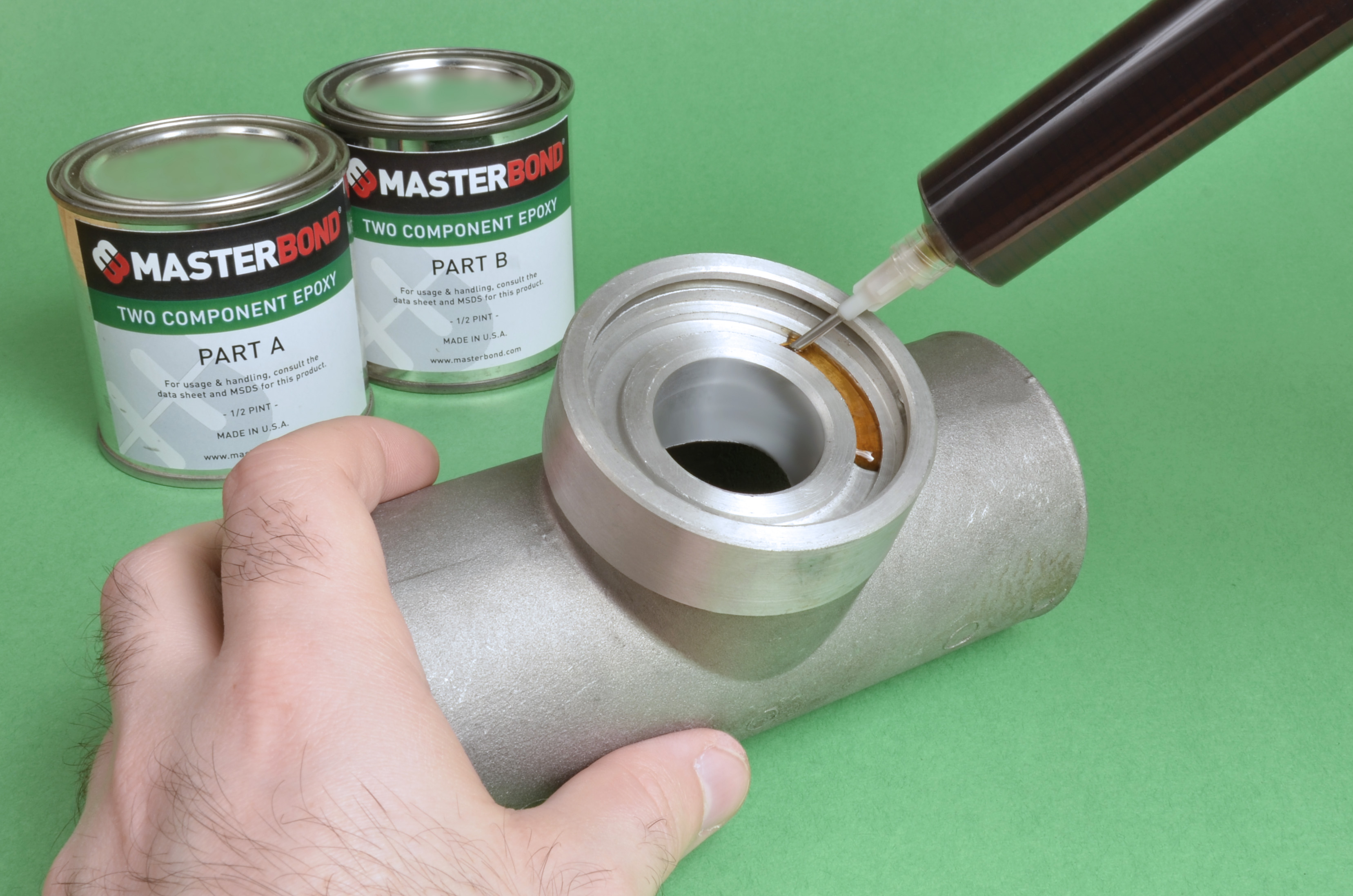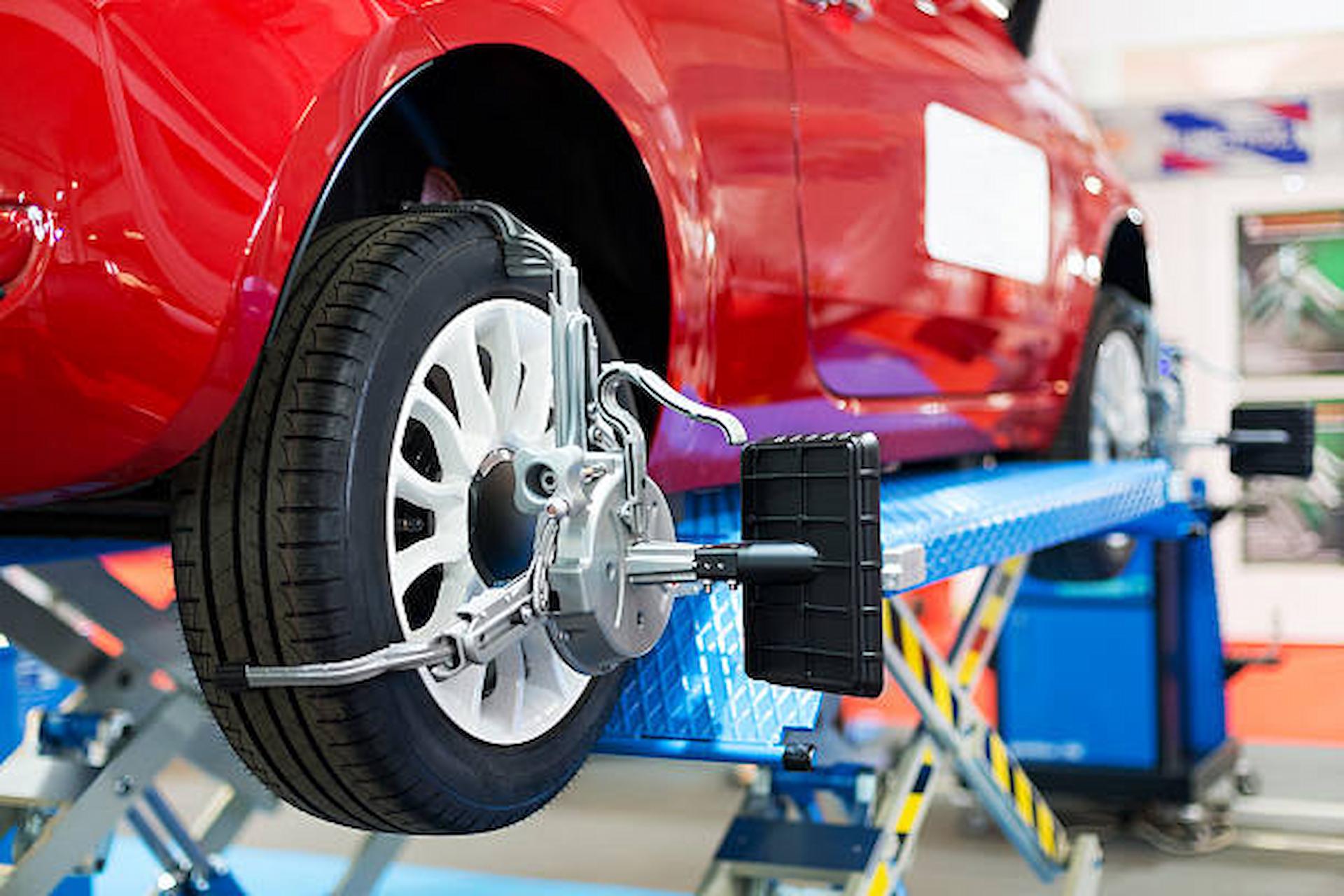Composite materials are increasingly being chosen over traditional materials such as steel in the manufacture of everything from automobiles to planes. As the use of material changes, the bonding method has needed to adapt to suit the materials. Adhesives are increasingly used when is comes to bonding composite materials and offer a wealth of benefits over more traditional methods such as welding. Read on as we explore these benefits and how they can even apply to metal-to-metal bonding.
Less Damaging
One of the reasons composite materials such as polymer matrix are used in place of steel or other metals is that they are lighter. However, being lighter has some disadvantages. These lighter materials are more likely to be damaged when they are affixed using traditional methods such as welding or metal fastenings, whereas adhesive bonding won’t damage the integrity of the composite material.
Less Labour-Intensive
Interestingly, using an adhesive is far less labour-intensive welding, for example, which requires more specialist skill, time and resources. This is one of the many reasons that the market for composite bonding adhesives is projected to grow by 7 per cent by 2021.
Improved Load Distribution
Some traditional methods of affixing materials include metal fastening such as rivets, which leads to an uneven weight distribution and the buildup of damage around pressure points. An adhesive adjoins across the affixed areas, making for even load distribution.
Aesthetics
Adhesives can often create a cleaner finish than other choices such as rivets. This makes it ideal for purposes such as automobiles, where aesthetics are considered very important by consumers. It also means that the galvanic rusting that can occur between two metals is less likely, again causing a cleaner and neater look that also lasts longer. This means that bonding adhesives are not just an excellent choice for bonding composite materials but also for metal-to-metal bonding. A metal bonding adhesive such as the one found at sites like http://www.ct1ltd.com/product-applications/metal-to-metal-adhesive/ can offer many of the same benefits as using adhesives for composite materials.
As you can see, using an adhesive to bonding composite materials and metals can offer many advantages over more traditional methods such as welding or rivets. It is less labour-intensive, has a better load distribution and can be less damaging to the material.




